 Abbotsford, home of Sir Walter Scott
Abbotsford, home of Sir Walter Scott
Jane Austen and Scotland – the UK Jane Austen Society was putting on a conference in Edinburgh in September, and the title was irresistable. I knew Jane Austen never went to Scotland, and had little if anything to do with that country; but it was intriguing to think there might be enough of a connection for a conference. Besides, who needs an excuse to visit Edinburgh? I made up my mind to go.
Jane Austen’s mentions of Scotland are few. There’s a quote in Emma, when the heroine, trying to keep her brother-in-law Mr. John Knightley from upsetting her father Mr. Woodhouse, changes the subject abruptly: “I do not thoroughly understand what you were telling your brother,” cried Emma, “about your friend Mr. Graham’s intending to have a bailiff from Scotland, to look after his new estate. But will it answer? Will not the old prejudice be too strong?”
The Tweed
There are also Jane Austen’s references to Gretna Green, in several of the novels. Since the Clandestine Marriage Act of 1753, underage persons could not marry in England without parental consent, and couples sometimes got round this by fleeing to the Scottish border town of Gretna. In Sense and Sensibility Colonel Brandon tells Elinor how he and his lost love Eliza were “within a few hours of eloping together for Scotland.” In Pride and Prejudice, Wickham schemes to elope with Mr. Darcy’s young sister Georgiana, presumably to Scotland, but does not succeed; Lydia, however, hopes to travel to Scotland with Wickham, for she writes: “I am going to Gretna Green, and if you cannot guess with who, I shall think you a simpleton, for there is but one man in the world I love, and he is an angel.” Julia and Mr. Yates of Mansfield Park actually do marry at Gretna Green, with Edmund writing to Fanny, “ You may not have heard of the last blow— Julia’s elopement; she is gone to Scotland with Yates.” Knowing Sir Thomas would not consent to her marriage, a flight to Scotland was necessary, as Julia, two years older than Fanny, would have been twenty, and still underage. Jane Austen also has two characters in her juvenilia piece, “Love and Freindship,” fall in love at first sight and then depart absurdly for Gretna Green. Obviously Jane Austen was tolerably familiar with the differences in the English and Scottish marriage laws.
Flowers at Abbotsford
One personal association she herself had with Scotland was that while on a trip there that her brother Henry Austen revealed the secret of his sister being an authoress. Jane Austen’s first publications were advertised only as “By a Lady,” but on 25 September 1813 she wrote to her brother Francis, “Henry heard P & P warmly praised in Scotland, by Lady Robt. Kerr & another Lady; & what does he do in the warmth of his Brotherly vanity and Love, but immediately tell them who wrote it! – A Thing once set going in that way – one knows how it spreads! – and he, dear Creature, has set it going so much more than once.”
The Austen/Scotland connection most pertinent to the conference, however, was that John Murray of the Scottish publishing firm, was the publisher of Emma, Persuasion, Mansfield Park, and Northanger Abbey. He also published Sir Walter Scott, who was an early and fervent admirer of Jane Austen. It was fitting therefore that the conference was to take us to see the John Murray Archives, and also the home of Sir Walter Scott, Abbotsford.
Peebles Hydro Hotel
Flowers at Peebles
The conference hotel was in Peebles, so, after arriving in Edinburgh and spending a night with a friend there, the next day I traveled by the newly re-opened Borders Railway Line to Galashiels, about an hour’s ride away, where I picked up my rental car. Before I knew it I was tooling along in a nice little silver Vauxhall, driving quite alone through the Scottish countryside. Absolutely beautiful green country but I couldn’t really look at it much, as I was concentrating with my whole mind on driving! I did safely reach the Peebles Hydro Hotel where the Jane Austen and Scotland conference was being held, and thankfully parked the car in the parking lot with its lovely mountain views, glad that I would not have to drive the car again for three days! I immediately saw the conference organizer, Patrick Stokes, a Jane Austen relation and former head of the English Jane Austen Society, whom I last met when he played the Prince Regent in the play Syrie James and I wrote and produced in Montreal. We chatted with other conference goers, and the contingent that were coming by train and being met at Waverley Station arrived. Assembled, we heard a lecture about the Scottish Library by David McLay, Curator of the John Murray Archive, who discussed the letters in the Archive that refer to Jane Austen’s publishing history. After a nice roast pork dinner, it was then to bed in my quiet, comfortable, large room with its windows looking out onto Scottish mountains and the Tweed, with crystalline Scottish air flowing in.
Diana Birchall, Janet Todd, Heather Wills-Sanford, Maureen Stringer
Opened eyes on a grey cool day in Scotland, and tucked into the most enormous Scottish breakfast – everything you could possibly wish under that designation – fried eggs and sausages and bacon and all kinds of toasts and bread and beans and haggis and tomatoes and mushrooms. Then they took us by coach to Edinburgh (almost an hour’s ride, but nice views) to the Scottish National Library, where we saw exhibits and listened to talks, one by Dr. Helen Vincent, who has the enviable job of being head of rare books and music at the National Library of Scotland. She spoke about “Jane Austen’s Scottish Sisters,” Scottish novelists including Susan Ferrier, Elizabeth Hamilton, Mary Brunton and Catherine Sinclair. Dr. Mary O’Connell, author of “Byron and John Murray: A Publisher and His Poet,” spoke about Murray’s life. After a delightful bus tour of the city sights, we were driven back to Peebles, and a lecture on Scott by Ralph McLean, an expert on his literature and manuscripts. It is pleasant to think that it was almost exactly 200 years ago, in October 2015, when Scott published his early and favorable discussion of Jane Austen’s works, so different from his own, in the Quarterly Review:
“The author’s knowledge of the world, and the peculiar tact with which she presents characters that the reader cannot fail to recognize, reminds us something of the merits of the Flemish school of painting. The subjects are not often elegant, and certainly never grand; but they are finished up to nature, and with a precision which delights the reader. This is a merit which it is very difficult to illustrate by extracts, because it pervades the whole work, and is not to be comprehended from a single passage.”
On Saturday we were taken by coach through lovely Borders countryside, and we reached Abbotsford, Sir Walter Scott’s beautiful fanciful castle home with lovely green grounds. The collections are particularly interesting, containing much medieval armor and curiosities collected by Scott. I’d been to Abbotsford about twenty years ago but it has been remodeled and refreshed, and it was lovely to go round the house and the exquisite gardens, especially the walled ones filled with beautiful late-flowering plants.
Display case includes Mary Queen of Scots’ crucifix and Mary Macdonald’s pocket book
Back at Peebles there was a formal dinner to which we were ushered in by a bagpiper, and were entertained by conversation, Scottish songs, and readings. A delightful Scottish conference, if rather more Walter Scottish than Austenian, it was still a grand pleasure. Fuller descriptions of my whole trip are on my blog at www.lightbrightandsparkling.blogspot.com
Conference host Patrick Stokes at left
Edinburgh souvenir

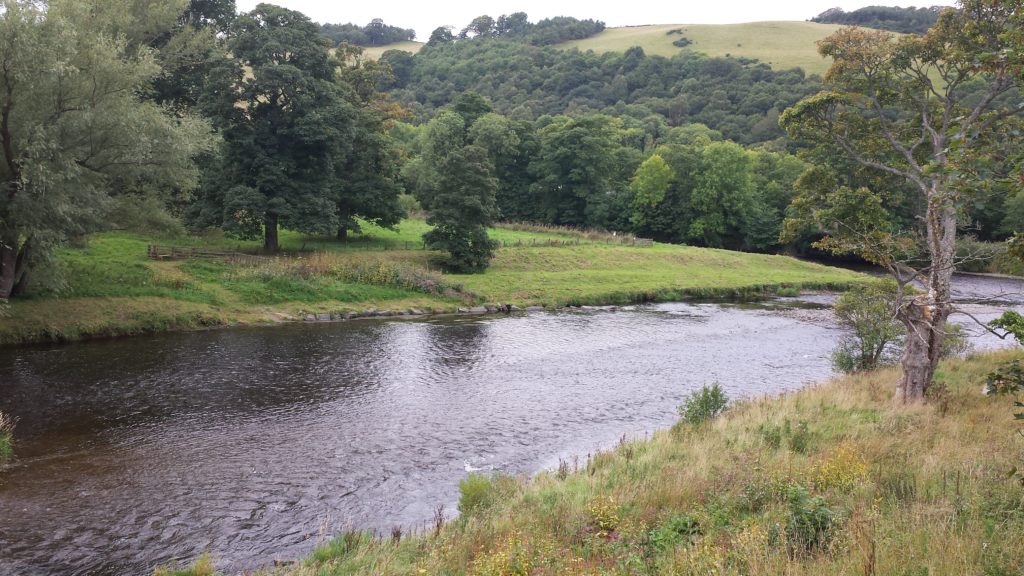
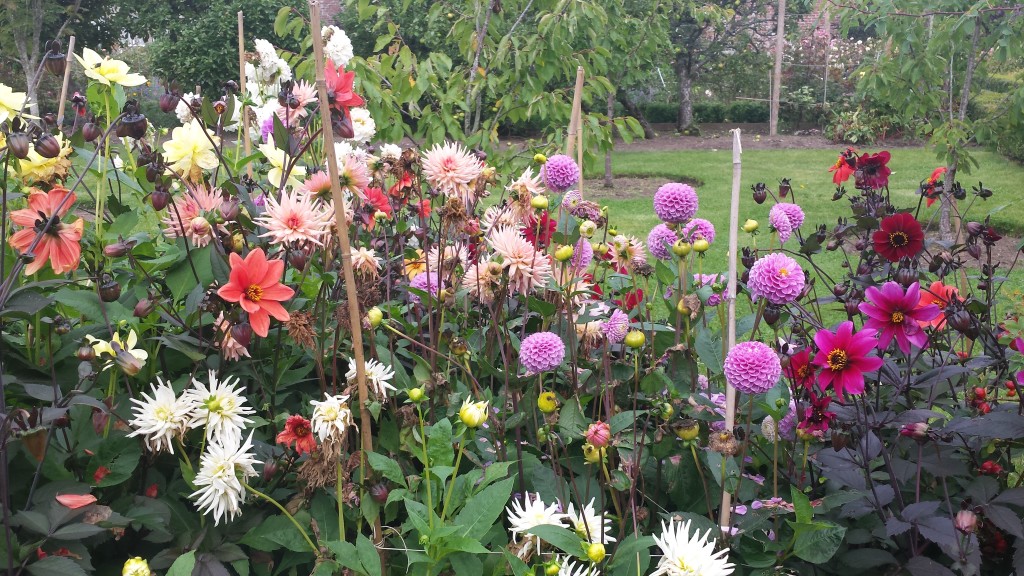
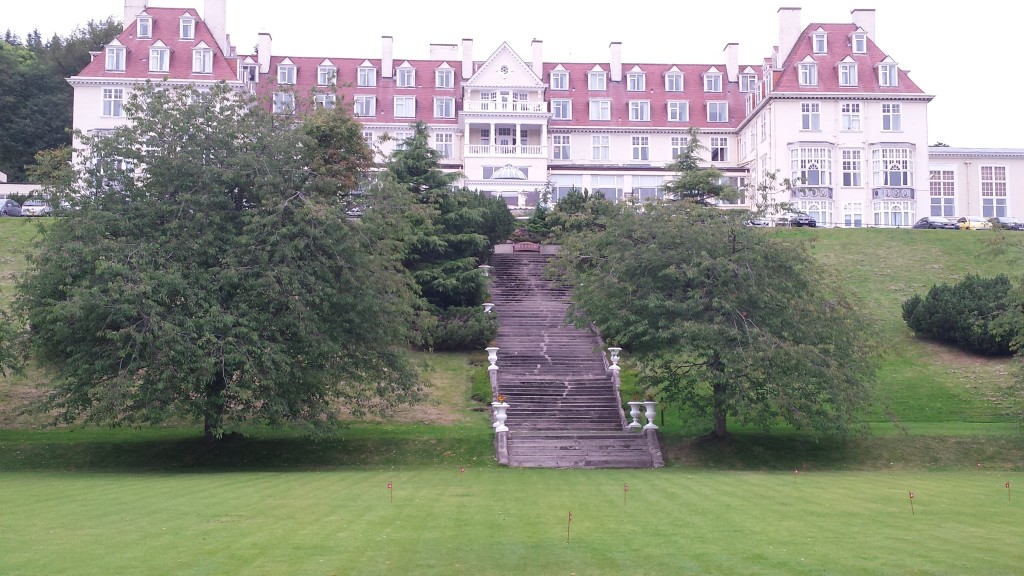
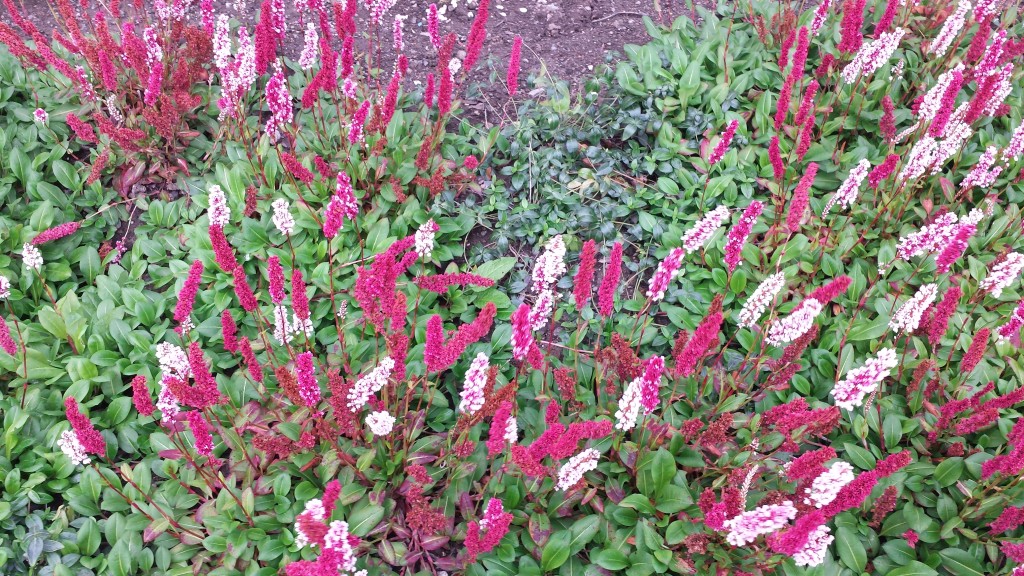


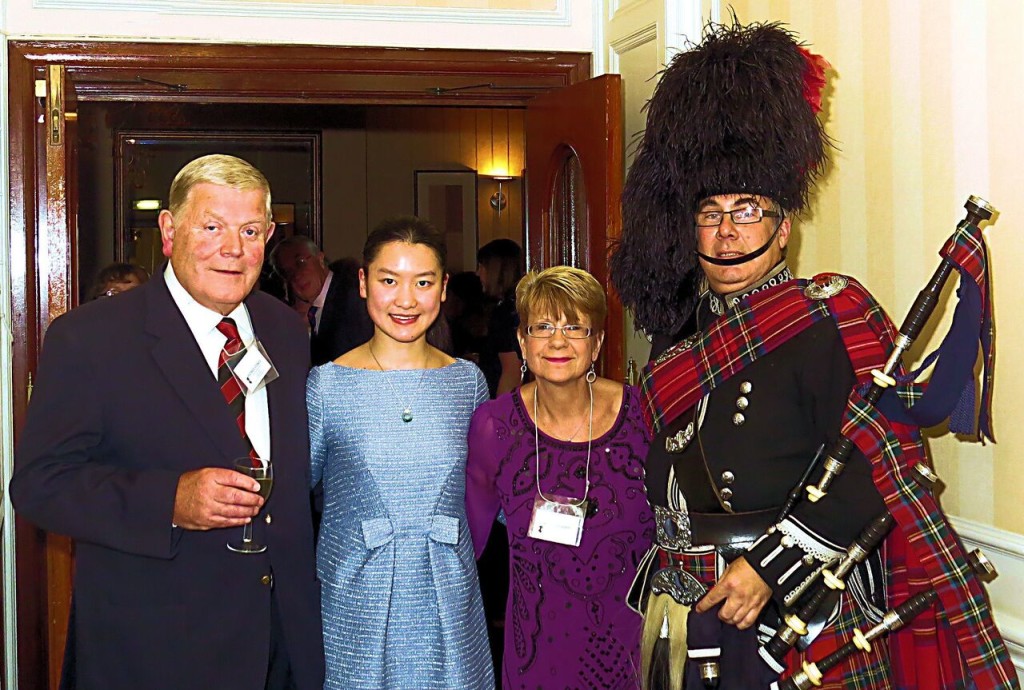

15 comments
Skip to comment form
I wouldn’t refer to Scott as a “fervent admirer” of Jane Austen. He wrote a favorable review of one of Ms. Austen’s novels but “fervent?” Interesting article.
Author
Well…if not fervent, then “decided.” It was an enthusiastic review. And later, he wrote this, which I would say might qualify him as a fervent admirer: “That young lady had a talent for describing the involvements and feelings and characters of ordinary life, which is to me the most wonderful I ever met with. The Big Bow-wow strain I can do myself like any now going; but the exquisite touch, which renders ordinary commonplace things and characters interesting, from the truth of the description and the sentiment, is denied to me. What a pity such a gifted creature died so early!” “The most wonderful I ever met with” – it doesn’t get more fervent than that!
Wow I thought your whole article was fascinating and very interesting so thank you for that. I love history and also Jane Austen. Fancy being able to see Mary Queen of Scott’s crucifix and all the history that goes with that! I live in Newcastle upon Tyne which is about 200 miles from Edinburgh. Edinburgh is a beautiful city but I have never been to Abbotsford but looks wonderful from your photograph. I agree with Scott “what a pity such a gifted creature died so early”. She was one very talented lady.
Author
Hi Michelle – glad you liked it, and Abbotsford really is beautiful and so full of historical interest. I’d recommend going in spring or summer when the gardens are at their best. Much easier for you to get there than me, since I live in California!
I love California – beautiful place to visit
My goodness, thank you for sharing your trip with us. The conference sounded so great in every way. Loved getting to visit there vicariously through you.
Oh, by the way, I looked up the authors you mentioned as Scottish contemporaries of Jane Austen and have added some of their works to my wish lists. Anyone else have a favorite author of those times would be welcome to weigh in. 🙂
Author
Thanks, Michelle – California is great (especially in winter), but going to Scotland is magic. I love my UK trips so much that the best part is sharing them. It is interesting to read the works of Jane Austen’s “Highland sisters,” and we know she herself read Mary Brunton’s Self-Control and wondered if it would be too much like her own work! Another one I like a lot is Elizabeth Grant’s Memoirs of a Highland Lady – the diary of a contemporary of Austen’s,that really takes you into that world.
Thanks for the suggestion, Diana. I’m adding her to my list.
Thanks for sharing your trip with us, Diana! And such awesome photographs, it really looked splendid.
Author
Thank you, Kathy! Music to my ears.
Beautiful Post! Thanks for sharing it with us. Jen
Author
Thanks, Jen!
Thank you so much for sharing your trip. I find it interesting that Scott admired Jane Austen’s works so much. Also, thank you for the mention of Austen’s Scottish contemporaries. I will have to look them up.
Author
Thank you for your comment, Deborah! It’s interesting to read women authors who were writing north of the border at the same time as Jane Austen. You gain some perspective, seeing what is common to their daily lives and outlook, but also coming to realize, yet again, that no one can compare to Jane!